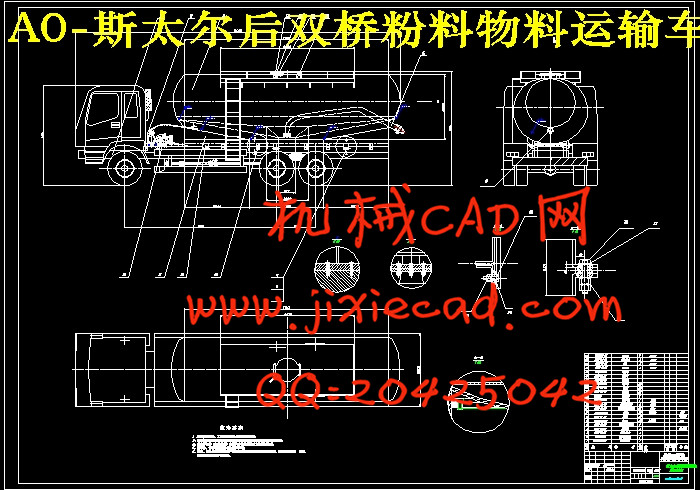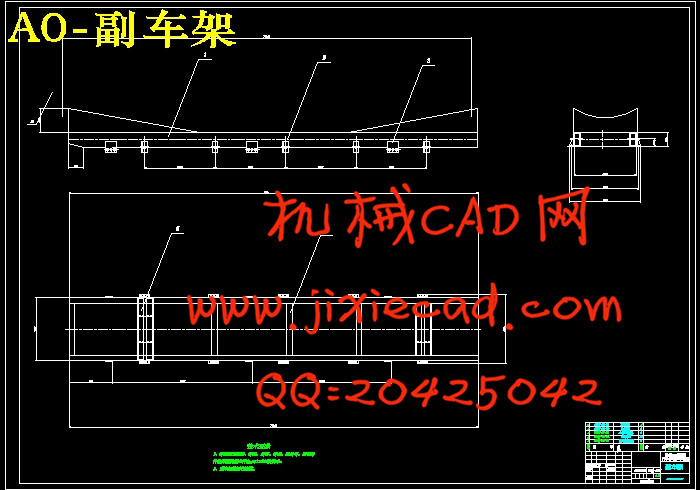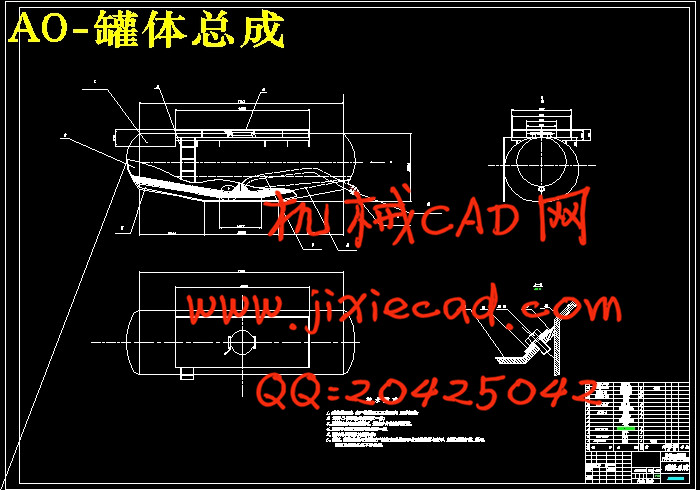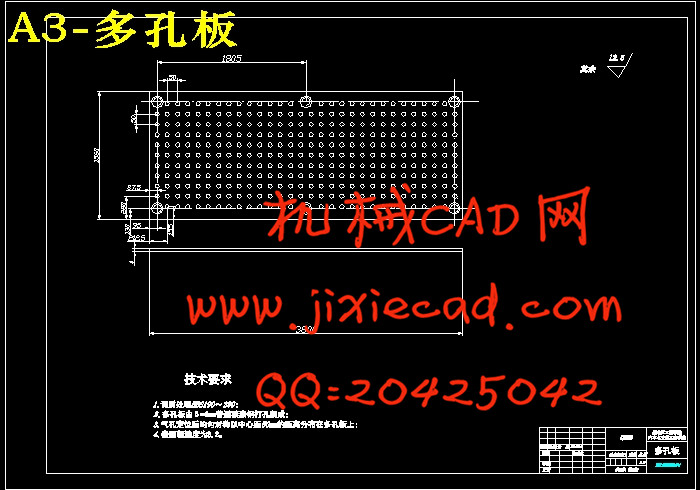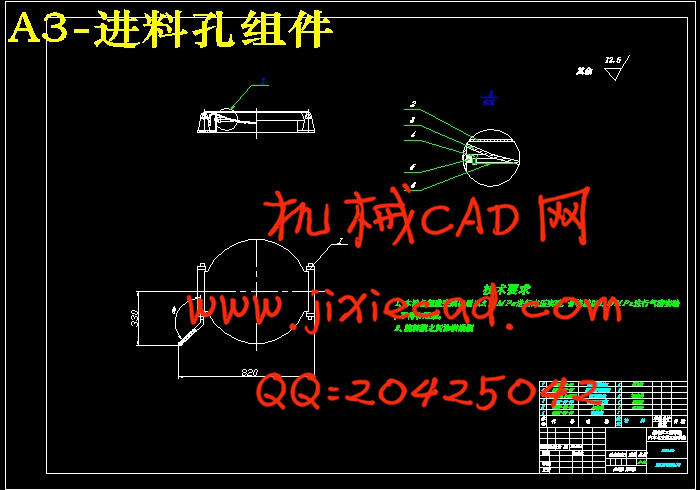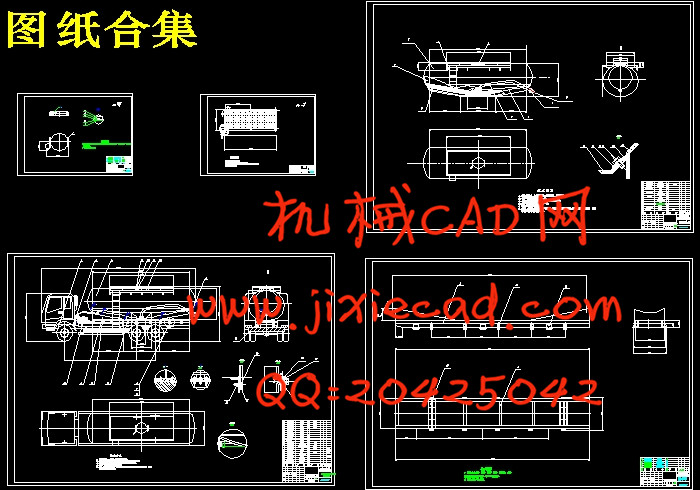设计简介
摘 要
粉罐车是指装运水泥、煤粉、石粉、化学粉料等散装粉料的专用车辆。其有着降低成本、节约时间、提高效率、保护环境和减轻劳动强度等诸多优点,近年来发展迅速,被广泛应用于现代化作业中。本文主要介绍了斯太尔后双桥粉粒物料运输车的改装设计说明,从整车的整体布置选型到整车的性能分析都有着全面的介绍。通过对不同方案的研究比较与分析,对粉罐罐体、进料装置、出料装置、流态化床、取力机构、气卸系统和辅助系统均进行了详细设计与选型,并对其工作原理有着清晰的说明,以及其优缺点和成本亦有清晰地对比介绍和分析,并对整车的性能进行了分析,在保证了本设计的先进性和实用性的基础上也保证了设计的经济性。
关键词:专用汽车;散装水泥罐;流态化床;粉粒物料运输。
ABSTRACT
Powder tanker shipping is the cement, coal, stone powder, chemical powder and other bulk powder of special vehicles. It has to reduce costs, save time, improve efficiency, protect the environment and reduce labor intensity, and many other advantages, the rapid development in recent years, is widely used in modern operations.This paper describes a powder material truck Steyr Shuangqiao after modification design specifications, from the overall layout of the vehicle selection and vehicle performance analysis have a comprehensive introduction. By comparing the different programs of research and analysis of the powder jars the body, feeding device, a feeding device, fluidized bed, take the power sector, gas discharge systems and auxiliary systems are carried out a detailed design and selection type, And its working principle has a clear description, as well as its advantages and disadvantages and costs are clearly described and analyzed to compare, and analyze the performance of the vehicle, in ensuring the design of advanced and practical but also on the basis of ensure the design economy.
Keywords: Special Purpose Vehicle; bulk cement tank; fluidized bed; powder material transport.
目 录
摘要 III
Abstract II
第1章 绪论 1
1.1课题研究现状 1
1.2本课题研究的主要内容与技术路线 6
第2章 总体方案的选择 7
2.1 罐体型式的选择 7
2.3 空气压缩机的选择 7
2.4 卸料装置的选择 8
2.5取力器的布置 9
2.6 本章小结 9
第3章 二类底盘的选型及总布置 10
3.1 二类底盘的选型 10
3.2总体布置的原则 10
3.3整车参数的确定 13
3.3.1 装载质量和总质量的确定 13
3.4 本章小结 13
第4章 罐体的总体结构和设计 14
4.1 罐体总成结构及工作原理 14
4.2 罐体的结构与外形尺寸设计 15
4.2.1 罐体的截面形状 15
4.2.2 罐体封头的形状 15
4.2.3初步确定罐体尺寸及材料 15
4.3 罐体容积计算 15
4.3.1罐体有效装载容积的计算 16
4.3.2 罐体扩大容积的计算 16
4.3.3 罐体装载容积的计算 17
4.3.4 气室容积计算 17
4.4 流态化装置的设计 17
4.4.1 流态化装置的类型和结构 17
4.4.2 多孔板的设计 18
4.4.3 流态化元件选择 18
4.5 流态化床主要参数计算 19
4.5.1.临界流态化床气流速度 19
4.5.2.流态化床面积A 19
4.5.3.罐体最大空床截面积 19
4.5.4.粉料带出气流速度 19
4.5.5.最小空床截面积 20
4.6 进料装置设计 20
4.7 出料装置、卸料软管和卸压装置 21
4.7.1 出料装置 21
4.7.2 卸料软管 21
4.7.3 卸压装置 22
4.8 罐体内部结构的设计 23
4.8.1 气室结构的设计 23
4.8.2 中央气室长度的设计 23
4.8.3 气化板宽度的设计 23
4.8.4 流态化板倾斜角度及气化层倾斜角度的设计 23
4.8.5 封头部分流态化板尺寸设计 23
4.9 罐体的材料选择 23
4.10 罐体厚度的计算 23
4.10.1 罐体的最小厚度 23
4.10.2 厚度附加量 24
4.11 封头设计 24
4.12 罐体支承座设计 25
4.13 本章小结 25
第5章 卸料装置的设计计算及选型 26
5.1 输送空气量的确定 26
5.2 输料管内径和气流速度的确定 27
5.3 流态化元件压力损失 28
5.4 本章小结 28
第6章 整车性能分析 29
6.1 汽车动力性能分析 29
6.1.1 基本参数的确定 29
6.1.2 汽车最高车速的确定 31
6.2 燃油经济性计算 32
6.3 整车轴荷分配计算 34
6.4 整车稳定性分析 34
6.4.1 空载质心高度的计算 34
6.4.2 空载侧倾角的计算 35
6.5 本章小结 35
参考文献 36
致谢 37


